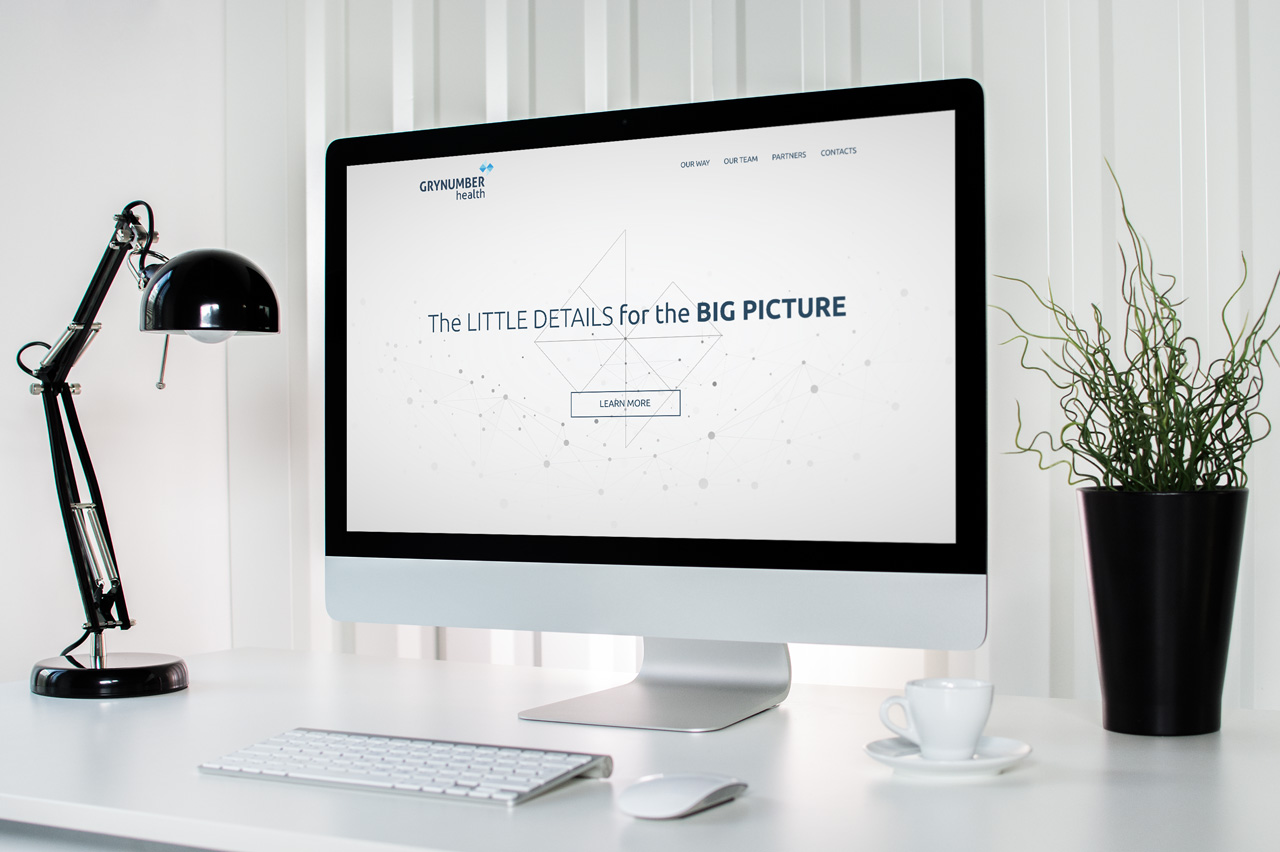You Do not need to be A digital advertising geek to comprehend how quickly internet surfing’s trend has caught up in the times. Some of the studies show the internet traffic that comes for and it is on the upswing. What does this mean to you? If you have not done anything to target the internet browsers, well, it is a call. Since, the amount of web users has risen you want to develop a mobile version of your website for your target audience to keep them connected!

What Should You Do?
For hooking at large, you might have a website for phones as well as for laptops, tablets and iPads. This will work fine as long as you have time and patience to upgrade of the versions. But having a website designed for every device and keeping them is a excellent ordeal and you should have one website, which runs off one CMS, readjusts itself in display sizes of devices that are varying. Herein, you can adopt two proven techniques – Responsive Web Design (RWD) and Flexible Web Design (AWD). Yet they differ in manners, although there are similarities between the two techniques.
What is Responsive Web Design?
Responsive Web Design has been a fad but a trend that existed for quite a while now. To put it simply design refers to a web design the material, images and the designing elements remain the same, but psychologist to correct with the screen size. From one CMS, the material can be handled in responsive form and it is fast, easy and cost effective. However, if your Website has files like videos and high resolution pictures, it is going to take much time to load on a device and this is where the Adaptive designing measures in.

What is Adaptive Web Design?
Adaptive design is pretty much newer concept in the business. This technique adapts to what is displayed in the apparatus, based upon the devices’ capabilities and its’ screen dimensions. In this kind of internet lay-out there are changes that show up in the design components, depending whether users are currently accessing the website from a computer or via tablet computer or a device. Such as few’ Responsive’ components which lessens the number of templates designs are used, in form. In notions, layouts that are adaptive rephrase files and the adjust/remove and material excess graphics.
Adaptive Design for The idea is actually seeking new heights, although The internet is to become popular in the business. The end-goal is to enrich the user-experience. There are disadvantages of AWD practice.
- Adaptive websites Cost more in comparison to the responsive designs
- AWD can goof up the whole feel of this website if it is not backed up by appropriate planning.
- Since AWD re-adjusts the design components as well as reword content, it can bring in brand inconsistency and confuse your target audience when they view various ports on varying devices.

